Walking backwards
Walking is more complicated than many of us realize. Remaining upright requires coordination between our visual and proprioceptive (awareness of where our bodies are in space) systems.
When we walk backwards, it takes longer for our brains to process the extra demands of coordinating these systems. However, this increased level of challenge brings with it increased health benefits.One of the most well-studied benefits of walking backwards is improving stability and balance. Walking backwards can improve forward gait (how a person walks) and balance for healthy adults and those with knee osteoarthritis. Walking backwards causes us to take shorter, more frequent steps, leading to improved muscular endurance for the muscles of the lower legs while reducing the burden on our joints.
Adding changes in incline or decline can also alter the range of motion for joints and muscles, offering pain relief for conditions such as plantar fasciitis – one of the most common causes of heel pain.
The postural changes brought about by walking backwards also use more of the muscles supporting our lumbar spine – suggesting backwards walking could be a particularly beneficial exercise for people with chronic lower back pain.
While normal walking can help us maintain a healthy weight, walking backwards may be even more effective. Energy expenditure when walking backwards is almost 40 percent higher than walking at the same speed forwards.
When we become confident with travelling backwards, progressing to running can enhance the demands further. While often studied as a rehabilitation tool, backward running increases the strength of crucial muscles involved with straightening the knee.
How to get started
Walking backwards is simple, but that doesn’t mean it’s easy. So, PLEASE use a treadmill! Or practice in a safe environment more likely to miss obstacles and hazards that we could crash into or fall over.
For more info
Therapeutic efficacy of walking backward and forward on a slope in normal adults
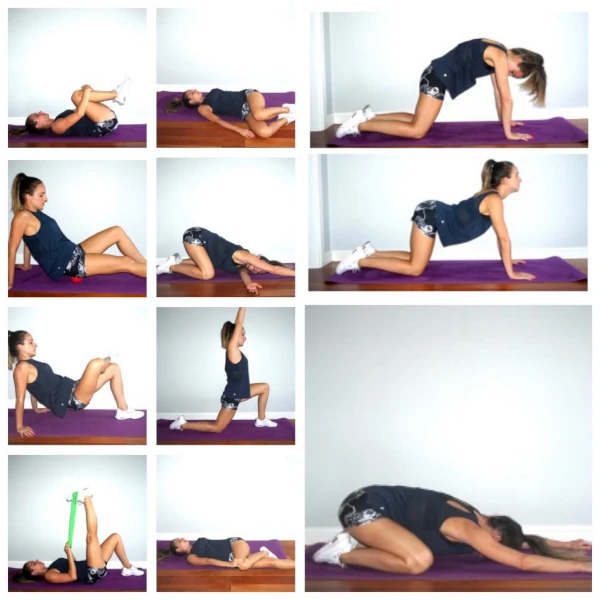
Back pain execises
Back pain execises Back pain is the most common issue we see as physiotherapists. Exercises for lower back pain are something else that should be included regularly in your daily routine, particularly if you are experiencing pain or stiffness ... A physiotherapist...

Few minutes of exercise
Experts say just a few minutes of exercise instead of sedentary behaviour can boost heart health Any activity – even sleeping or standing – is better for your heart than sitting down, research suggests. New evidence reinforces why sedentary behaviour is a killer and...
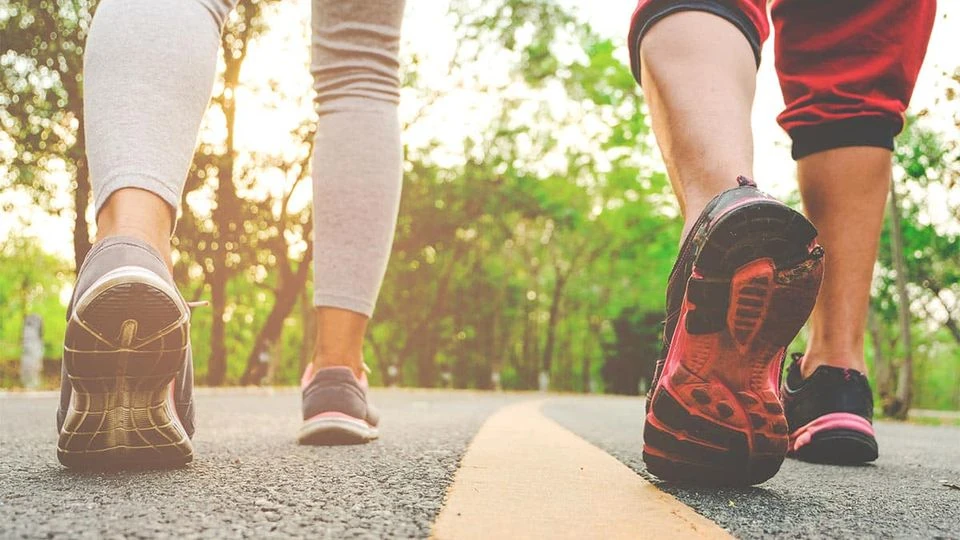
Benefits of walking after eating
Benefits of walking after eating Walking is a low-impact exercise that's easy on your joints and can be done just about anywhere. But, did you know there are specific benefits of walking after eating? Here are five benefits of walking after eating. Some of them may...
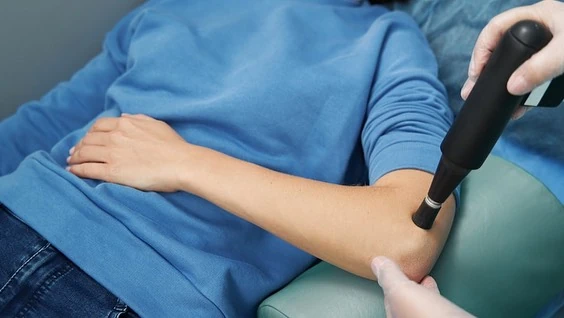
Shockwave Therapy
Shockwave Therapy Shockwave Therapy is a treatment modality for a variety of lower and upper limb conditions. These include: Tennis elbow; Golfer’s elbow; Greater trochanteric pain syndrome; Proximal hamstring tendinopathy; Patella tendinopathy; Insertional Achilles...
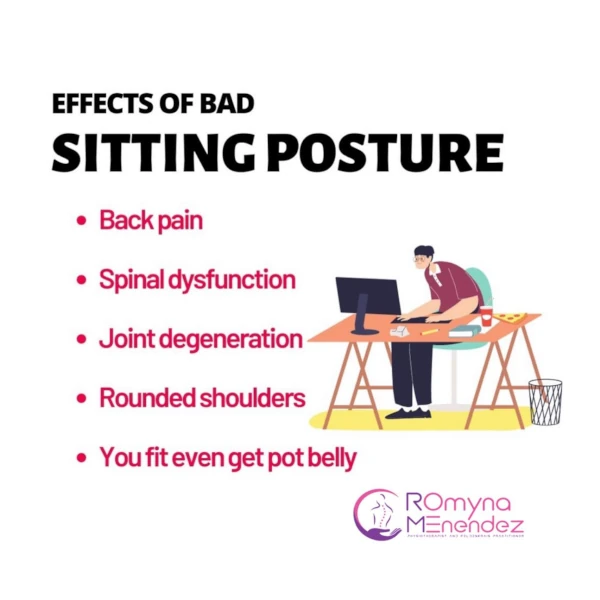
Improve your posture with physiotherapy
Improve your posture with physiotherapy Physiotherapy is a proven treatment to improve posture. Physiotherapists will use a combination of hands on treatment, stretches, and physiotherapy exercises to help correct poor posture and re-balance the body. About Me My name...

What is Fascia?
Fascia: what is it, how do you train it, and why bother? If you’ve dealt with stiffness and pain in the recent past, you may have come across fascia training — an approach that many in the fitness are encouraging people to do. That means working to improve the health...

World Physiotherapy Day
World Physiotherapy Day In 1996, 8 September was designated as World PT Day. This is the date World Physiotherapy was founded in 1951. The day marks the unity and solidarity of the global physiotherapy community. It is an opportunity to recognise the work that...

Why cracking your own neck is bad!
Why cracking your own neck is bad! We’ve all seen people “crack” their necks to try to relieve pain or stiffness. When you crack your neck, the action releases gas or fluid from the joints surrounding the neck. The cracking, usually makes you feel better temporarily....

TMJ Dysfunction
What is TMJ dysfunction? TMJ dysfunction is inflammation of the TMJ, which connects the jaw to the skull. This can cause pain and reduced function. The TMJ is a complex joint and can be affected by several problems: Cross bite; Posture; Stress/nervous habits;...
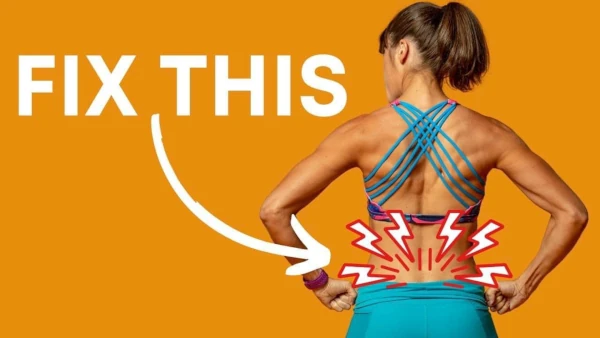
Treating Acute Back Pain
Most cases of acute back pain can be treated using self-help techniques: Medication Sitting Good posture; Back pain supplements; Driving Good posture; Compression packs; Remember, your spine likes movement. Try and change position every 20 – 30 minutes! There is no...


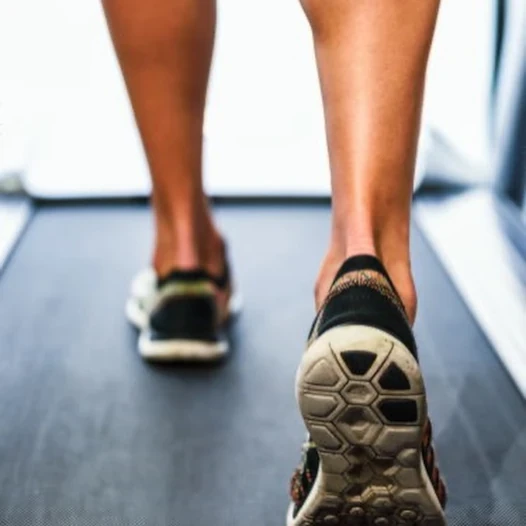
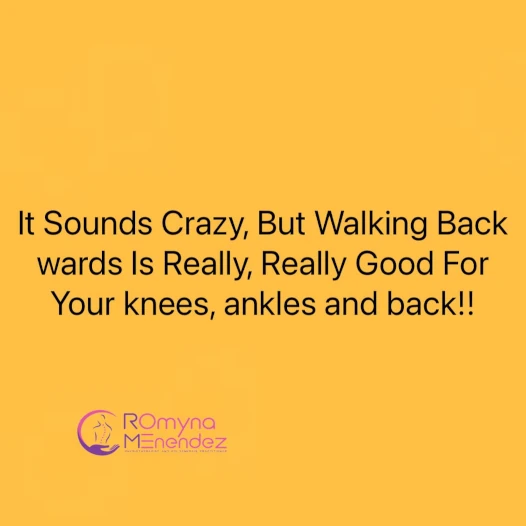
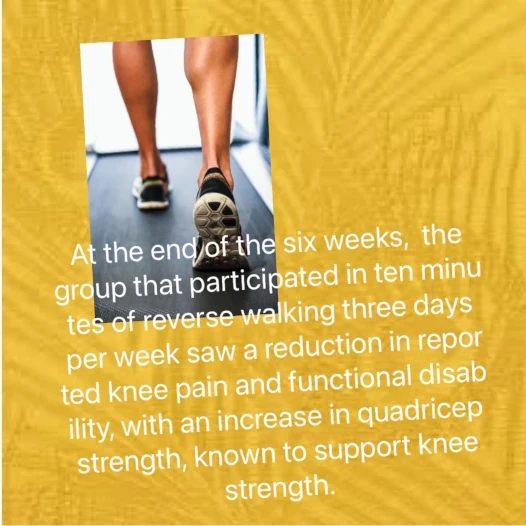
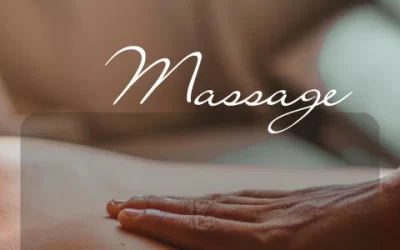
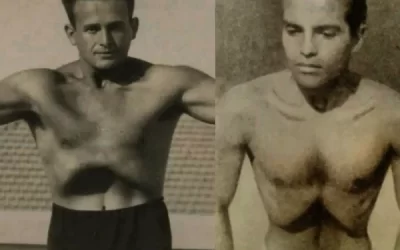
0 Comments